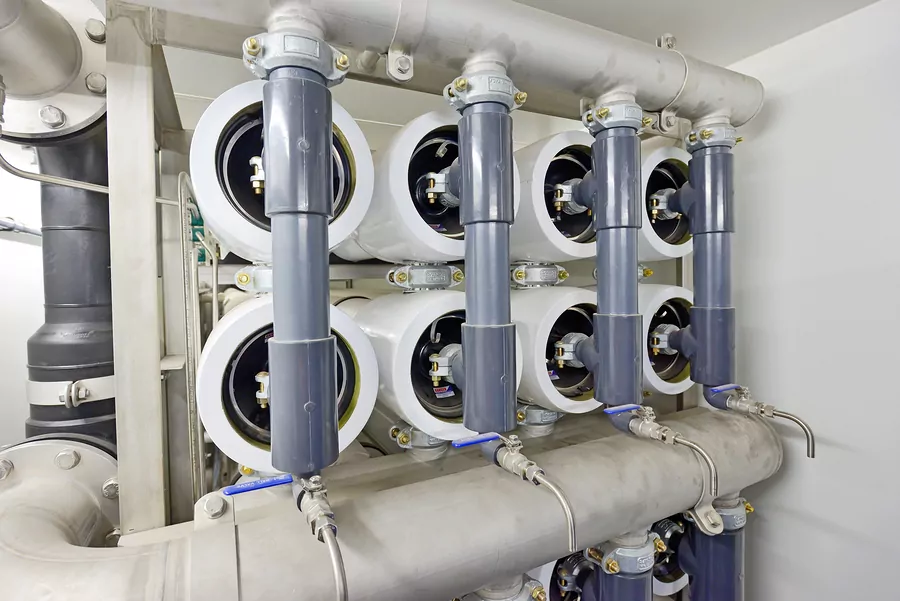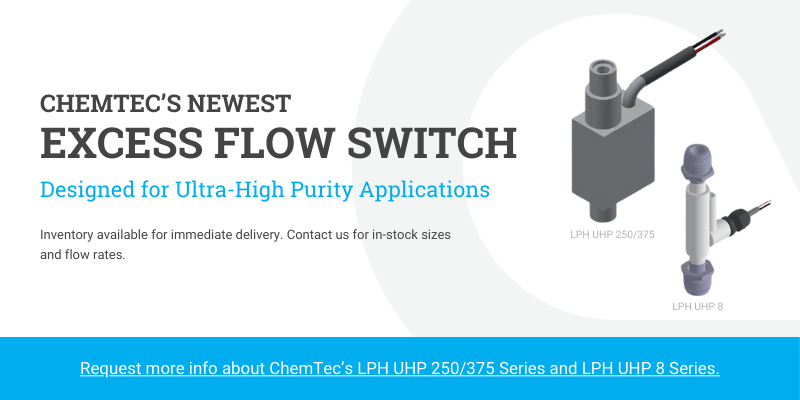Those in California have been doing a great job of reducing their water usage, but there’s still a major shortage. Worldwide, water is becoming a precious commodity, which may seem strange when two thirds of the globe is covered in it.
Desalination
Unfortunately, that water is salty and not very useful, which is where reverse osmosis comes in. Reverse osmosis is a means of desalinating, or purifying, salt water and is increasingly used to produce drinking water. It can be visualized as pushing salt water through a membrane full of microscopic pores that strip out impurities, although the actual process is rather more complex.
Reverse Osmosis
Osmosis is a natural chemical process. If saltwater and freshwater are separated only by a porous membrane the fresh water will gradually become salty and the salt water less saline. Reversing that process turns salt water into something pure enough to drink.
In a reverse osmosis desalination facility salt water is taken in and filtered to remove larger particles that would clog the membrane. High pressure pumps then force the water through the membrane, stripping out the salt. The resulting fresh water is then sterilized by a method such as ultraviolet light to make it fit for human consumption.
Scalable and Versatile
Reverse osmosis plants have been built to supply cities with fresh water. At the other end of the scale, they can be small enough to take on a camping trip. The process has other applications too. Food processors use it to produce concentrates such as fruit juices and milk products. Many aquariums use it to manage the makeup of the water in their tanks.
Energy Efficiency
As reverse osmosis isn’t a thermal process the yield per unit of energy is better than some competing purification methods, but it remains energy-intensive. As desalination is often needed in hot, desert areas, pairing it with solar power seems like a logical step.
Solar panels are 75% cheaper than they were six years ago, and the cost of the inverters needed to switch dc from the panels to ac is becoming as significant as the panels themselves. But by building a solar-powered reverse osmosis system around dc motors, as Sisyan does, the economics look a lot more attractive.
![]() Featured ChemTec Product
Featured ChemTec Product
With any process moving fluid through filters and semi-porous membranes, it’s important to monitor flow rates. A damaged filter can be detected by observing a jump in flow, while blockages show up as a reduction. Flows can be monitored with ChemTec’s MAO series of flow meters. Suitable for use with corrosive media like salt water, these sense the position of a magnetic piston suspended in the flow, sending an alarm when it deviates too far from optimal.
To learn more, speak with a ChemTec representative.

